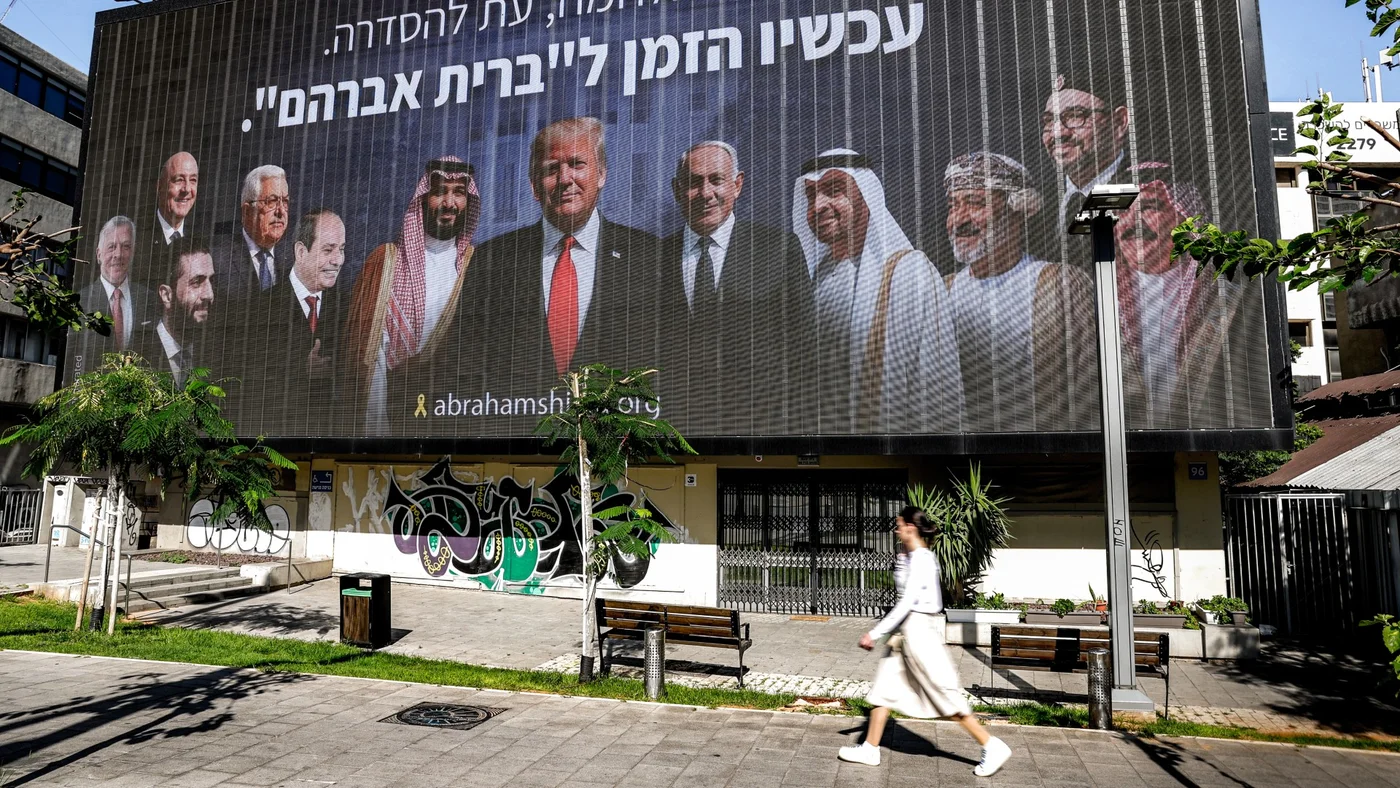The June Conflict Between Israel and Iran: Consequences for Syria and Future Implications
The June 2025 escalation between Israel and Iran marked one of the most intense confrontations between the two regional adversaries in recent years. While the direct clash remained largely between Israeli and Iranian forces, Syria once again found itself entangled in the geopolitical crossfire. As a key battleground for Iran’s regional influence and a regular target of Israeli airstrikes, Syria bore significant consequences from the conflict.
Immediate Impact on Syria
During the June escalation, Israeli jets intensified their operations across Syrian territory, targeting Iranian-backed militias and weapons depots. Key sites around Damascus, Homs, and the southern border regions were hit, resulting in dozens of casualties among Iranian-affiliated militias and Syrian military personnel. Civilian infrastructure also suffered, with power grids and transportation hubs disrupted by collateral damage.
Iran, meanwhile, reportedly moved some of its military assets and advisors deeper into Syrian territory to avoid Israeli strikes on Iranian soil. This increased Iran’s footprint in Syria, heightening tensions among local populations already wary of foreign influence and reigniting fears of prolonged instability.
Strain on the Al-Sharaa Regime
The conflict added pressure on President Ahmed al-Sharaa’s government, which has struggled to maintain sovereignty amid foreign military activity. Syria’s fragile economy and ongoing humanitarian crisis were further strained by disruptions to trade, aid delivery, and internal displacement sparked by the fighting.
Al-Sharaa’s balancing act between accommodating Iranian allies and avoiding broader confrontation with Israel became more precarious. With Russia’s influence waning due to global realignments and domestic priorities, Damascus may find itself with fewer diplomatic or military buffers in future escalations.
Looking Ahead: Potential Scenarios
If hostilities between Israel and Iran resume, Syria is likely to continue serving as both a proxy battlefield and a logistical hub for Iranian operations. Several outcomes are possible:
- Increased Israeli Strikes: A resumption of hostilities would almost certainly lead to renewed Israeli airstrikes on Iranian targets in Syria, potentially expanding to Syrian command-and-control centers seen as complicit in harboring Iranian assets.
- Iranian Entrenchment: Continued conflict could push Iran to further entrench itself in Syria, militarily and politically. This might involve deeper coordination with Syrian forces, construction of fortified bases, and recruitment of local militias—escalating tensions not only with Israel but also with Sunni rebel groups.
- Escalation Spillover: The conflict might drag Syria into a broader regional war, especially if Iranian retaliation originates from Syrian soil, prompting Israel to target more critical infrastructure or government institutions.
- Local Rebellion Resurgence: As foreign powers deepen their presence, opposition groups may exploit chaos to reassert themselves, particularly in the north and east, potentially triggering a new phase of civil unrest.
Conclusion
Syria remains a vulnerable stage in the broader Israel-Iran rivalry, with civilians and national institutions caught in the middle. While the June conflict didn’t drag Syria into a full-scale war, it highlighted the country’s continued exposure to regional power plays. Without diplomatic breakthroughs or a reassertion of Syrian sovereignty, future flare-ups between Israel and Iran could further destabilize Syria’s already fragile recovery.

Leave a Reply